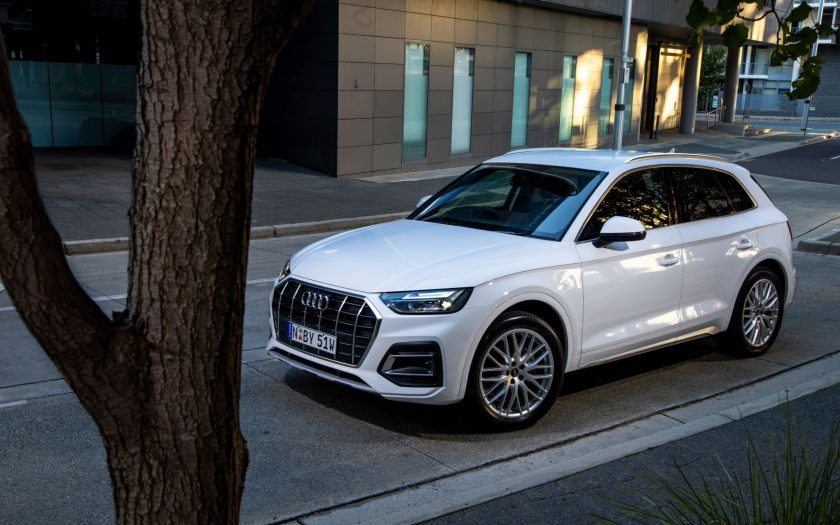Chris Riley tests the 2023 Audi Q5 35 TDI medium sized SUV with pricing, specs, ride and handling, safety, verdict and everything the over-50 driver needs to know.
Summary: The Audi Q5 35 TDI is the most affordable Q5 on the market, partly because it is front-wheel drive and has slightly less power. But once you add in some essential safety equipment, it isn’t quite the bargain it seems.
2023 Audi Q5 35 TDI SUV
Pricing: $67,900 (plus on road costs)
Warranty: Five-years, unlimited km
Safety: 5-star ANCAP (tested 2017)
Build country: Mexico
Engine: 2.0-litre turbo intercooled four-cylinder diesel engine
Power: 120kW at 4200rpm
Torque: 370Nm at 1500-3000rpm
Transmission: 7-speed dual clutch automatic, front-wheel drive
Body: 4682mm (long); 1893mm (wide); 1663mm (high)
Weight: 1815kg
Towing capacity: 2000kg
Wheels: 19-inch alloy
Tyres: 235/55R19
Ground clearance: 175mm
Turning circle: 11.7m
Fuel tank: 70 litres
Thirst: 4.8L/100km (diesel)
Consumption on test: 5.9L/100km (over 400km)
seniordriveraus consumption on test: not tested
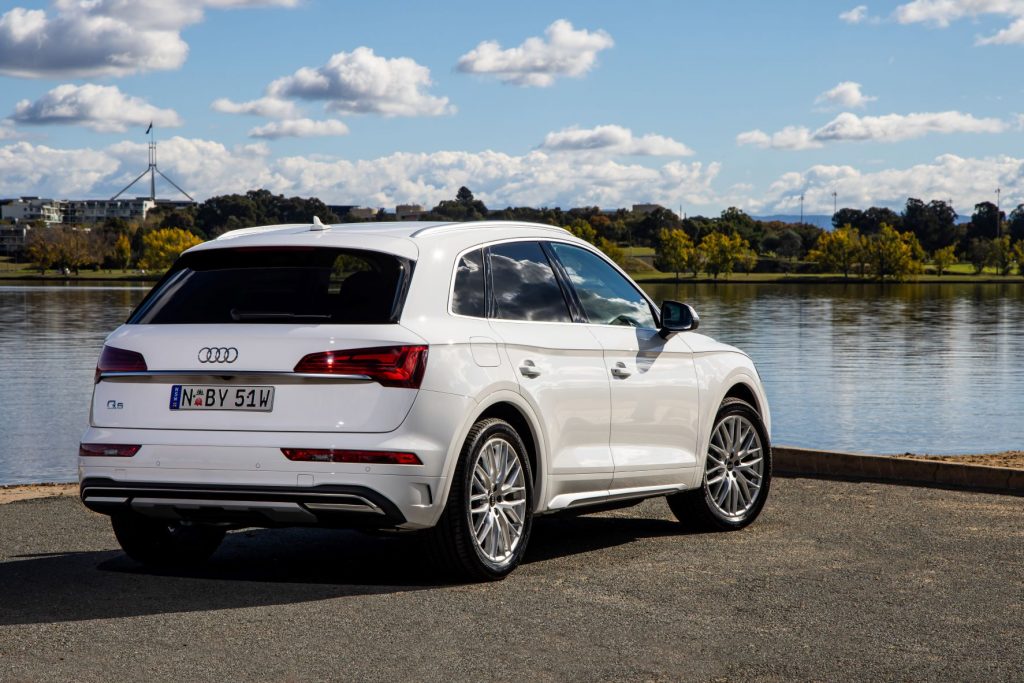
[review]
The diesel Audi Q5 35 TDI Limited Edition diesel is billed as the most fuel-efficient, diesel SUV on the Australian market, with a theoretical range of more than 1400km.
It also happens to be the cheapest model in the Q5 mid-sized SUV line-up, priced from $67,900 before on-road costs.
Sounds too good to be true, but a closer inspection reveals it is actually a detuned 2.0-litre diesel and – get this – it’s two-wheel drive. No quattro to be found here.
You can look at it as a cynical marketing exercise or maybe a more practical approach to the SUV phenomena, given who is buying these vehicles and what they are using them for.
Reducing power and equipment levels is a sure sign of price cutting as premium brands strive to woo customers lured by ‘lesser’ brands whose top-end models are giving them stick.
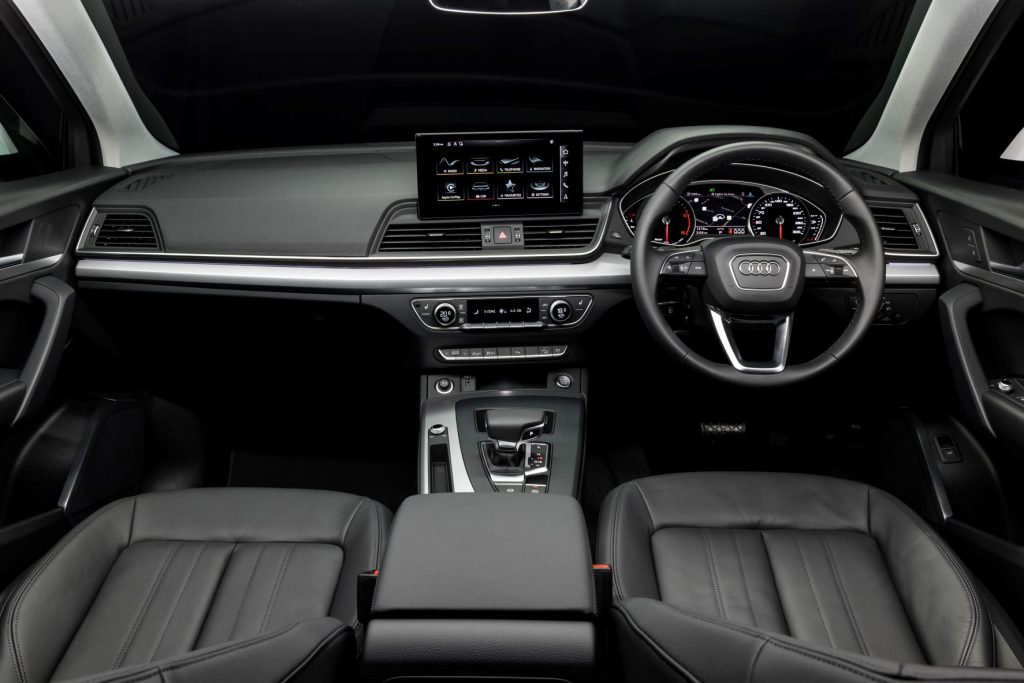
What’s it cost?
Apart from a nip here and a tuck there, the Q5 does not look remarkably different from the first model launched here in 2009.
I remember that launch in the Snowy Mountains. It was a PR nightmare as, after a section of off-roading, the power steering failed on two vehicles within minutes of each other.
We never did find out what went wrong, which is not uncommon.
Other than that, the cars performed impeccably and so too did the car we have just finished testing.
Three diesel models are offered.
Q5 35 TDI Limited Edition is priced from $68,350 (withdrawn since this was written – the only Q5 FWD model is the 2.0-litre 35 TDI priced from $67,900 plus on road costs – Ed).
Q5 40 TDI quattro is priced from $75,500. The 40 TDI Sport quattro starts at $81,500. The petrol Q5 45 TFSI quattro is $75,800 while the TFSI Sport quattro kicks off at $82,800.
Our test vehicle was standard apart from metallic paint which adds $1531, bringing the price as tested to $69,881 plus on-roads.
Standard kit includes 20-inch alloys, LED headlights, daytime driving lights and tail lights (includes cornering lights and all-weather lights), and an electric tailgate with handsfree opening (gesture control).
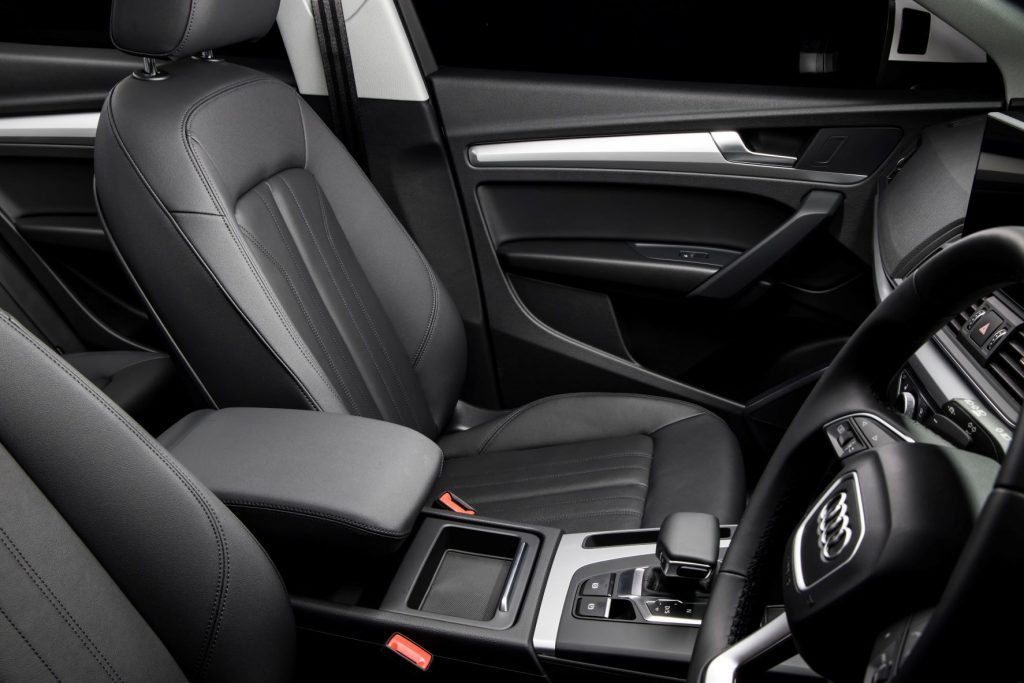
Inside there’s leather-appointed upholstery, three-zone climate air, electric front seats with heating and four-way lumbar support for driver and passenger, leather steering wheel with multifunction plus, shift paddles and hands-on detection, auto-dimming mirror and ambient colour interior lighting.
A standalone 10.1-inch touchscreen infotainment system offers MMI navigation plus, eight-speaker sound, DAB+ digital radio, wireless Apple Carplay and Android Auto connectivity, plus two USB outlets in front with charging and connectivity functions and another two USB outlets in rear with charging functions.
Five-star safety comprises eight airbags, pop-up bonnet and pre-sense city with Autonomous Emergency Braking (AEB) including pedestrian detection (detects impending collisions at up to 85 km/h and can reduce speed by up to 40km/h).
There’s also pre-sense rear and pre-sense basic, active lane assist, blind-spot warning, exit warning, rear cross traffic assist and auto high beam.
It also comes with front and rear park sensors and a rear view camera.
What you don’t get is adaptive cruise control which is part of the optional Assistance pack.
In fact, six safety items are optional extras, including collision avoidance assist and a 360-degree camera.
Some people take a dim view of charging extra for safety.
Q5 is covered by a 5-year/unlimited-kilometre warranty. Service intervals are 12 months or 15,000km. A pre-paid five-year service plan costs $3140.
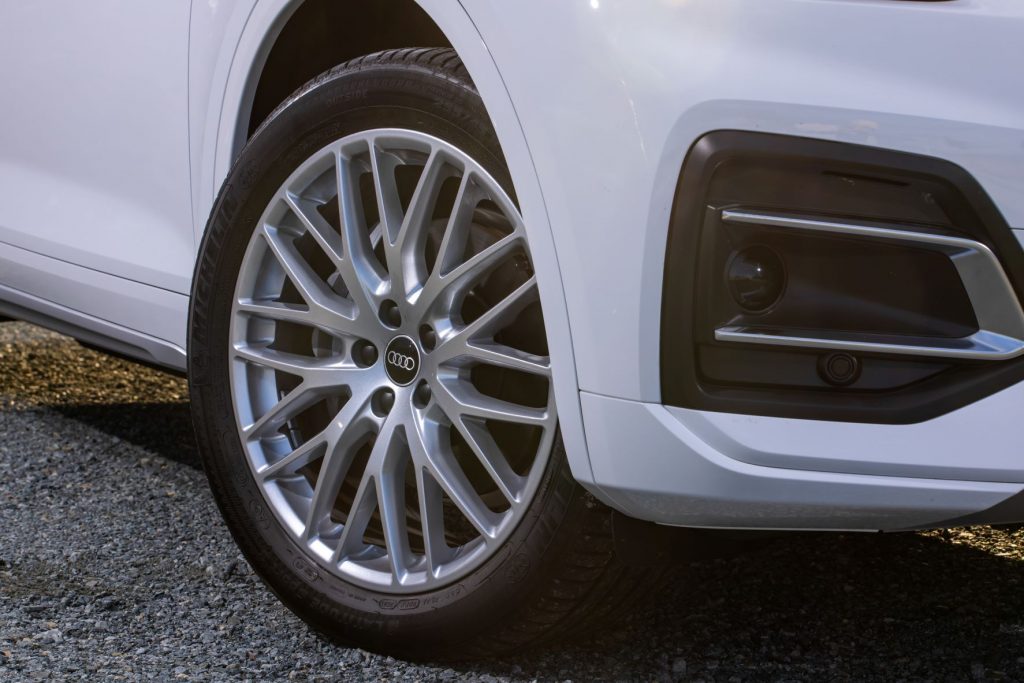
What’s it go like?
The 2.0-litre turbo diesel develops 120kW of power and 370Nm of torque, the latter between 1500 and 3000 rpm.
The same-size diesel in the Q5 40 TDI develops 150kW/400Nm.
It’s actually a 12-volt mild hybrid setup with auto engine stop-start, with power to the front wheels through a seven-speed dual-clutch automatic.
Fuel consumption is rated at a measly 4.8L/100km and it’s pretty clean for a diesel, producing 125g/km of CO2 (thanks to twin catalytic converters and a ‘twin-dosing’ AdBlue system).
Add to this a largish 70-litre fuel tank and you’ve got a theoretical range of more than 1400km.
We were getting 5.9L/100km after more than 400km, with 700km to go – excellent fuel economy but not quite what was promised.
To put this in perspective, a 5-year-old Kia Sportage puts out more power and torque than this, with 135kW and 392Nm.
The current version puts out even more. Costs less too.
Perhaps it’s one of the reasons this model is not offered in Sportback form. It’s just not sporty enough?
In fact, it’s the first time a Q5 of any flavour has been offered in Australia without all-wheel drive.
Performance is fine but is not going to set the world on fire, with the dash from 0 to 100 km/h taking 9.0 seconds.
Drive select offers five modes: Efficiency, Comfort, Auto, Dynamic and Individual.
The drive experience is smooth, quiet and mainly leisurely.
Inside it’s all a bit doom and gloom with an overabundance of black and featureless surfaces broken only by some strips of metal looking plastic.
The one relief comes from a strip of ambient blue lighting that splits the dash from side to side.
Despite power adjustment, fore, aft and angle, the seats dig into the back of our thighs and are not comfortable.
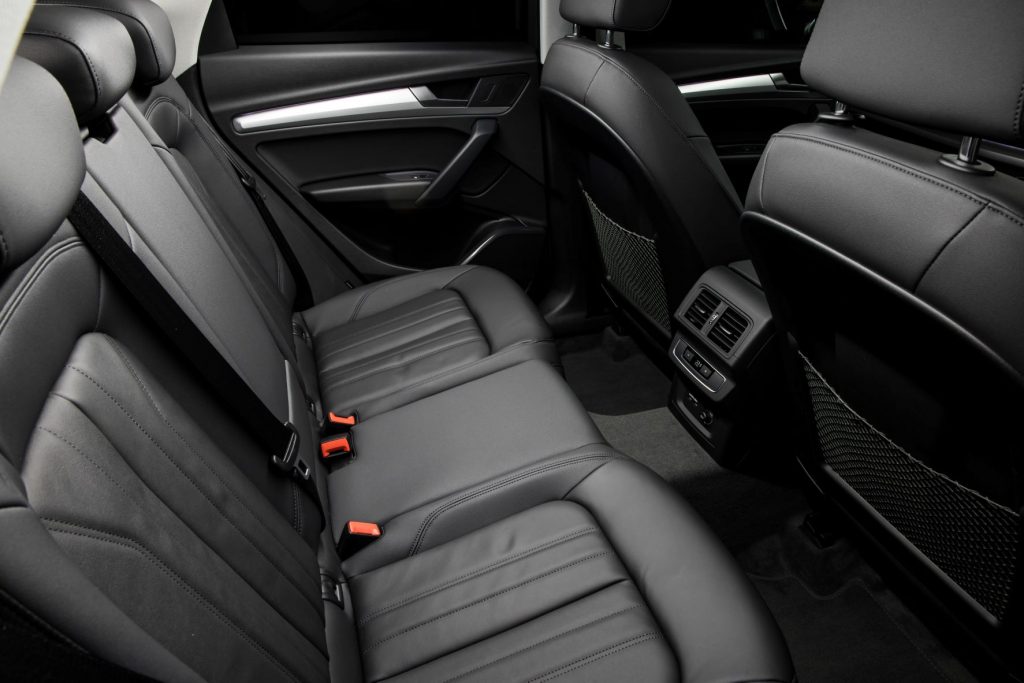
Rear seat passengers get air outlets, but legroom is limited.
The boot offers reasonable storage, with a collapsible space saver spare concealed under the floor.
You need to inflate it with an onboard 12-volt compressor which you’ll find stored in a hidey hole to one side of the luggage area.
Sounds like a lot of mucking around and will probably result in an endless stream of calls to roadside assistance.
A big, bright 10.1-inch responsive touchscreen commands the infotainment system from the top of the dash.
The instrument cluster is not digital and lacks the pyrotechnics of more recent models, with two standard analogue style dials that flank a centre information screen where speed and navigation can be displayed.
The Q5 35 TDI is in its element cruising effortlessly in the slow lane.
If you demand more from the car, you will have to start making specific requests to the transmission.
Either by putting Drive Select in Dynamic mode, or changing gears manually using the paddle shifts provided.
Drive select is on the far side of the centre stack and is a stretch as the seat belt cinches tight.
Dynamic mode as you might expect locks out 7th gear, keeping engine revs higher than normal, making the car more responsive to the throttle.
Plonk it off the line or after it has been cruising for a while and the transmission takes a second or two to work out what you want before the power kicks in.
It could also result in some scrabble from the front tyres as they search for traction.
From there on the transmission understands and responds accordingly, but constant braking and acceleration can and will confuse it – it is after all a dual clutch setup.
Q5 corners flat and the ride from the 20-inch rubber is surprisingly good (20-inch wheels have been replaced by 19-inch alloys in the current specification – Ed).
Corner to corner in manual mode works best in fourth gear where the engine revs hover around the 4000rpm mark.
Tight corners may require a change down to third.
But of course, if leaving it in Dynamic mode or a lower gear will inevitably drive up fuel consumption.
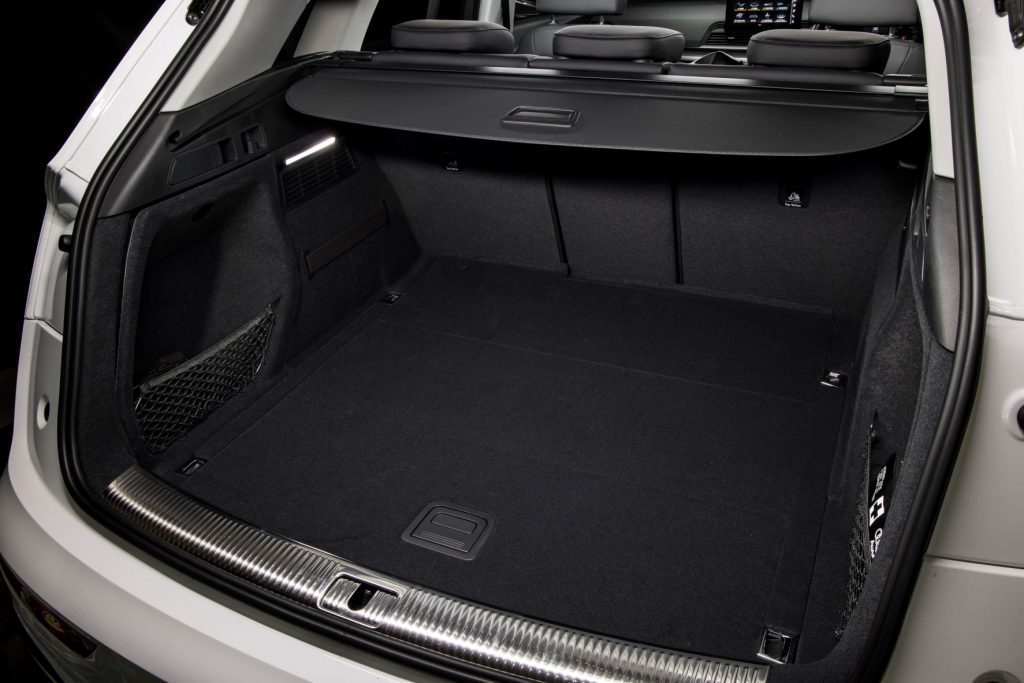
What we like
- Looks swish
- Relaxing to drive
- Good fuel economy
- Bright responsive touchscreen
- Bling 20-inch wheels (see text)
What we don’t like
- Gloomy cabin
- Lacks premium feel
- Low tech instrument cluster
- Console nooks too small for phones
- No wireless phone charging
- Spare tyre setup
What over-50s need to know
While the Q5’s fuel efficiency is to be applauded, we’re left wondering if that is a major drawcard for the average Audi buyer.
Perhaps it’s of no real interest at all? After all, your average Audi driver is looking for style and performance and can often be seen cutting through traffic – at least where we come from!
But, if you’ve got $70K burning a hole in your pocket and looking for something a bit spesh, the Q5 could well fit the bill.
There’s a lot to like about this car. It’s a good size, easy to get in and out of, has plenty of cache, comes with leather, three-zone climate air, heated power-adjust front seats – and uses hardly any fuel.
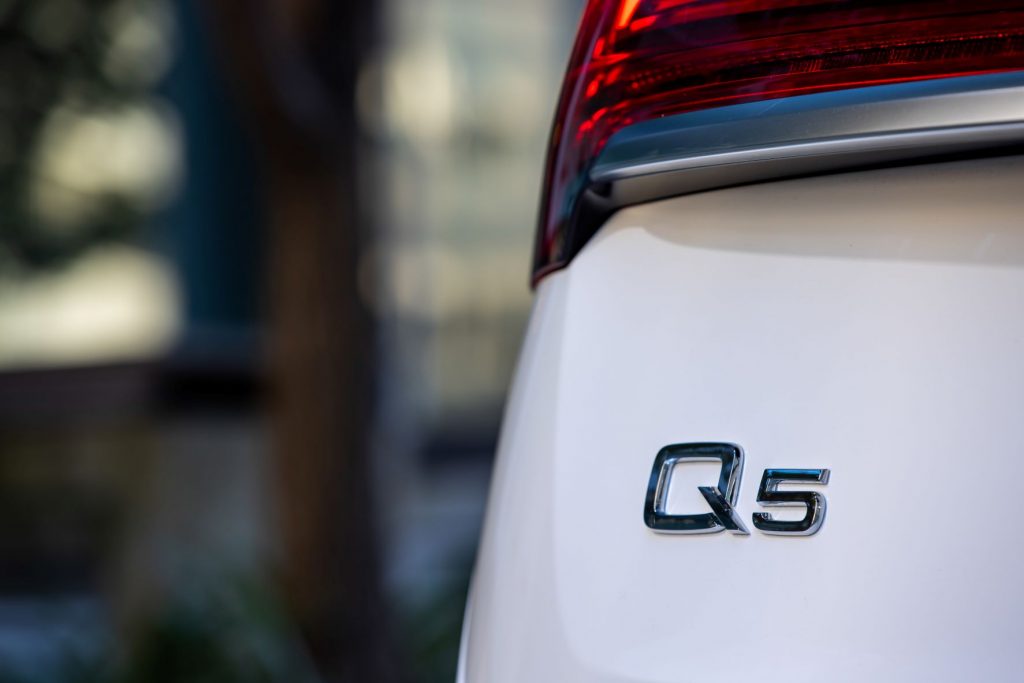
seniordriveraus comments
A predicted range of more than 1400km is not to be sneezed at. Our feedback suggests that one of the appeals of diesels is not having to visit the servo every week, so the Q5 ticks that box particularly well.
Since most buyers will never venture off-road, the use of front-wheel drive in this model probably won’t be an issue for most. And saving a few thousand will overcome any reservations. It’s interesting to see what Audi has deleted to bring the price down to an acceptable level.
Once again, we call Audi out for asking buyers to pay extra for safety features that really should be standard. We are even more concerned, because many buyers will forego these features in the interests of saving a few dollars. How much do you think your life is worth?
Another bone of contention is the use of a space saver spare, but Audi is hardly alone here.
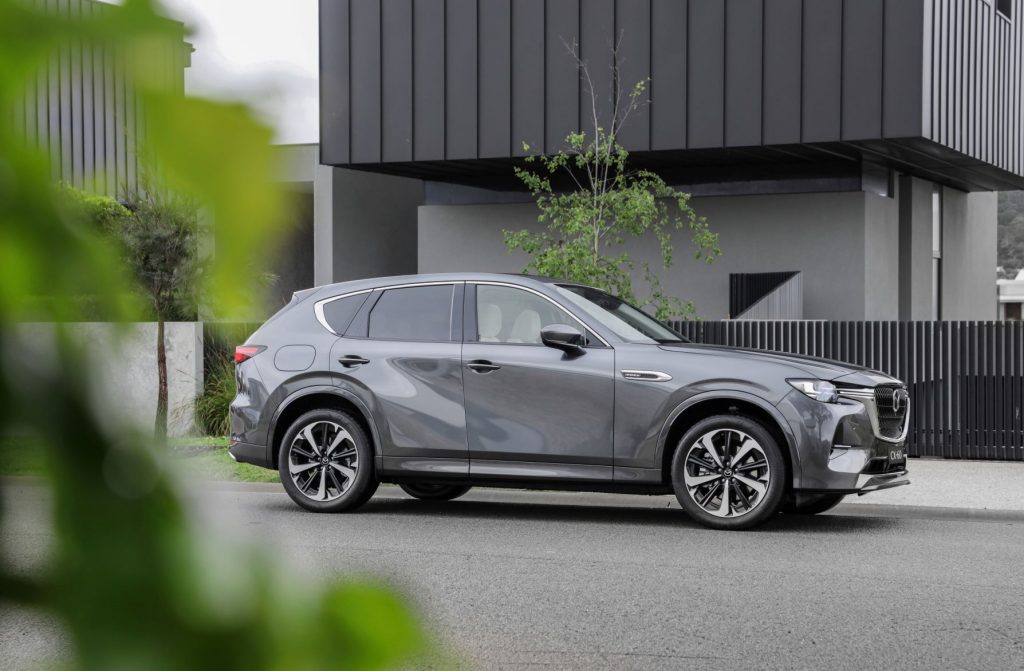
The point is, there is no shortage of choice in the medium-size SUV category, and buyers who want to save a few dollars don’t have to look far to find similar vehicles priced quite a bit lower. While Chris references to Kia Sportage, we looked further afield, and even included an all-electric mid-sizer, just to put the cat among the pigeons.
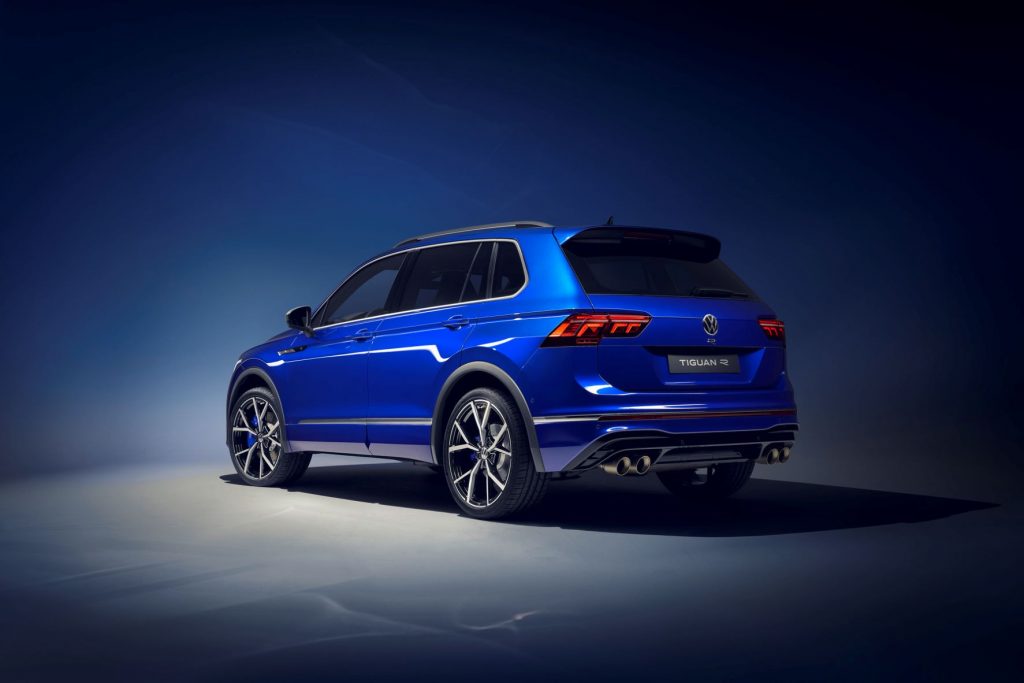
Moving up slightly in size (but still officially “medium” SUVs) are the Genesis GV70 for $73,200 and Mazda’s new CX-60 ($75,000). The Genesis is quite thirsty (7.8L/100km) while the CX-60 sips just 4.9L/100km, almost the same as the Q5. Both are line-ball with the Q5 on size.
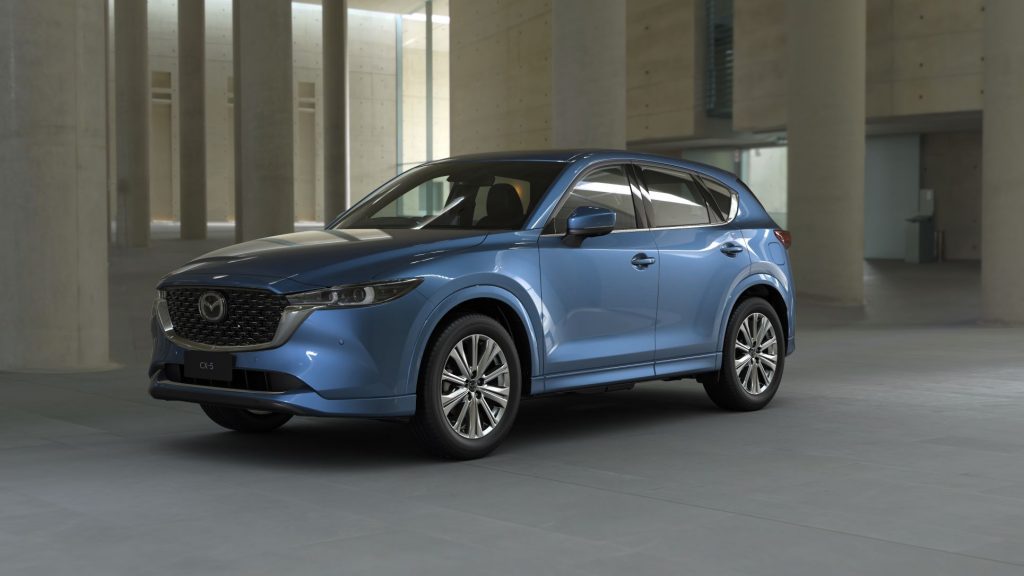
Then we went left field and included the BYD ATTO 3 in the mix. It’s a newcomer, and purely electric, which may preclude it straight away for some buyers. It’s FWD-only as well. With a quoted range of 480km, it should meet the needs of most people, and it’s only marginally smaller than the Genesis and CX-60. However, if you’re planning to do any towing, you’ll need to track down the ATTO 3’s tow rating – something we haven’t been able to determine.
